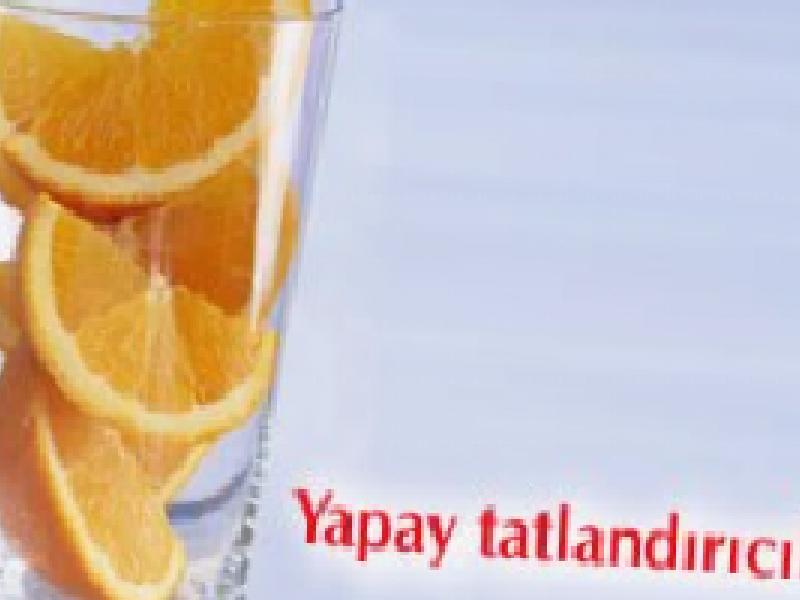They are low-calorie or no-calorie artificial substances that can be used as a sugar substitute. Since tablet artificial sweeteners create a bitter taste at high temperatures, it will be more correct to add them to the food after they are removed from the fire. Sweeteners are divided into two groups.
1) Containing energy
( Fructose, Sorbitol, Mannitol, Xylitol )
2) Non-energy ones
( Aspartame, Acesulfame-K, Saccharin, Cyclamate)
1) Containing Energy
Fructose: It is a monosaccharide. 1 gram contains 4 kcal of energy. It is 80% sweeter than sucrose. Fructose is naturally found in fruits and honey.
Sorbitol: It is a sugar alcohol formed by the hydrogenation of fructose and glucose. It is metabolized to fructose after absorption from the intestines. When the daily intake exceeds 30 grams, it can cause indigestion and diarrhea. It is found naturally in vegetables and fruits.
Mannitol: It is a sugar alcohol obtained by reducing mannose with fructose. Its sweetness is as glucose, it gives half as much energy as glucose in terms of energy because it is partially absorbed. It is used as a sweetener in the food industry, chewing gum and sugar production.
Xylitol: It is a 5-carbon alcohol derived from xylose. It occurs as an intermediate of carbohydrate metabolism. It has a protective effect against tooth decay. It is absorbed from the intestines more slowly and at a rate of 1/5 compared to glucose. It is found in fruits and vegetables.
2) Non-Energy
Aspartame: It is a dipeptide composed of aspartic acid and phenylalanine. 1 gram contains 4 kcal of energy. It is 180 times sweeter than sucrose and is therefore used in very low doses. Thus, it does not contribute to the energy value. Since it is heat resistant, it must be added after cooking. Aspartame has no known side effects. It can be used in breakfast cereals, milk, yogurt, dessert, tea and coffee.
Acesulfame-K (Acesulfame potassium): It is a derivative of acetoacetic acid. It is 130-200 times sweeter than sucrose. It is similar to saccharin in taste and structure. It has a sweetness close to the joke, but when used in very high concentrations, it gives a bitter, metallic taste. Since it is heat resistant, it can also be used during cooking or baking. It can be used in tea, coffee, breakfast cereal, dessert, chewing gum, fruit and other food. The most important feature of acesulfame-K is that its sweetness level increases when mixed with other sweeteners. (especially when used with aspartame.)
Saccharin: Saccharin, which leaves a metallic and bitter taste in the mouth, 19th century. It was synthesized from a chemical substance called toluene at the end. It is 300-400 times sweeter than tea sugar. The Food and Drug Administration (FDA) banned its use in 1977 because of the risk that saccharin use in humans might be associated with cancer when it was revealed that high-dose saccharin intake causes urinary system tumors in animals. However, later, the American Medical Council reported that limited use (2.5 mg/kg/day) may be safe on health. Again, studies have found that saccharin is not harmless and may cause structural changes in the epithelial tissue.
Cyclamate: 30 times sweeter than sucrose. Cyclamates are partially absorbed from the intestinal tract and most of the absorbed substance is excreted in the urine. Excessive intake of cyclamate causes diarrhea. The recommended intake by the World Health Organization is 11 mg/kg/day.

